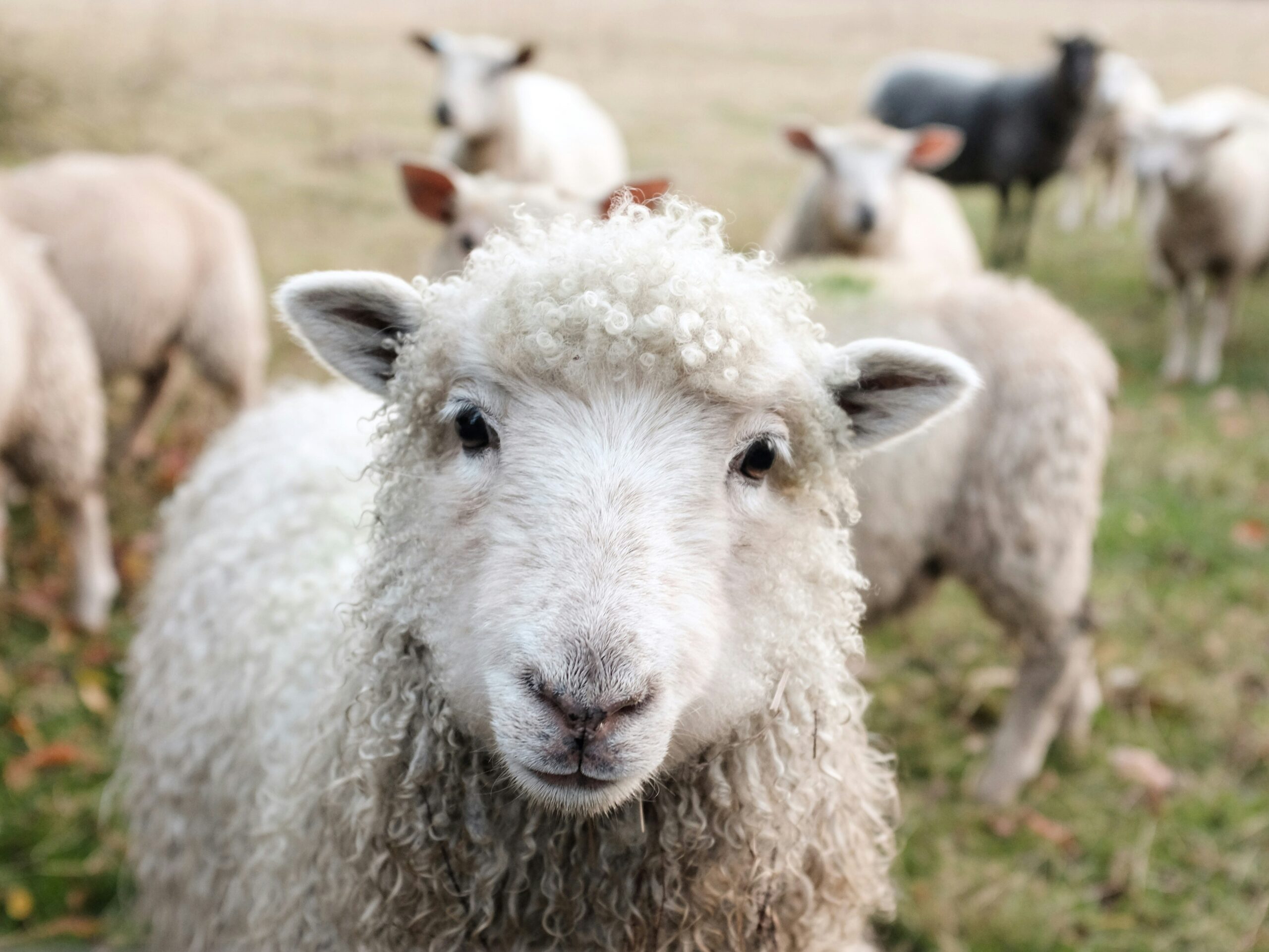Introduction to Farm-Themed Podcasts In recent years, the digital landscape has evolved significantly, giving rise to a diverse array of content formats, including podcasts. Among these, farm-themed podcasts have gained considerable traction, reflecting a growing interest in agriculture and sustainable practices. As individuals become more aware of where their food comes from and the intricacies of production, farm-themed podcasts serve as a vital resource for education and engagement. These audio programs allow farmers, experts, and enthusiasts to share their stories, insight, and experiences, fostering a sense of community among listeners. Storytelling is a powerful tool in this regard; it not only makes the content relatable but also highlights the challenges and triumphs associated with agricultural life. By sharing vivid narratives, hosts can create an emotional connection with their audience, turning abstract concepts into tangible realities. Moreover, the relevance of farm-themed podcasts extends beyond mere storytelling. They provide an accessible platform to discuss pressing issues facing the agricultural sector, such as climate change, sustainable farming practices, and food security. With an increase in interest surrounding these topics, podcasts present a unique opportunity to engage a wider audience in meaningful conversations about the future of farming. As society shifts toward a greater appreciation for local produce and the stories behind them, farm-themed podcasts have found a niche audience eager to learn and participate. This format not only serves to educate but also empowers listeners, encouraging them to make informed choices about their food systems and engage in activism if desired. In the end, farm-themed podcasts are not just about agriculture; they represent a larger movement toward transparency, community involvement, and sustainable practices in today’s world. Identifying Your Podcast Niche When embarking on the journey of creating a farm-themed podcast, the first step involves identifying your niche within the diverse farming community. This process is crucial, as it guides the direction and content of your podcast, ensuring it resonates with a specific audience. The farming sector encompasses various types, including organic, traditional, and urban farming, each with its unique challenges, innovations, and audience interests. To effectively define your niche, consider the type of farming that resonates most with you. Organic farming, for instance, focuses on sustainable practices and might appeal to environmentally conscious listeners. Traditional farming could attract an audience interested in age-old practices and heritage crops, whereas urban farming may engage younger, city-dwelling individuals seeking local food solutions and innovative agricultural methods. By honing in on a specific type of farming, you can curate content that not only educates but also invites discussions around common challenges and triumphs within that domain. In addition to determining the type of farming, identifying your target audience is equally important. Your podcast could cater to various groups such as farmers looking to learn new techniques, consumers eager to understand where their food comes from, or educators who aim to impart valuable knowledge to their students. Understanding your audience’s demographics will allow you to tailor your content, style, and approach effectively, leading to a more engaged and loyal listener base. It’s also worthwhile to explore potential themes that can serve as focal points for your episodes. Topics such as sustainability, technology in farming, and historical farming practices all hold relevance in today’s agricultural discussions. By weaving these themes into your podcast, you create opportunities for rich conversations and informative interviews that will captivate your audience’s interest. Crafting Your Podcast Format When embarking on the journey of launching a farm-themed podcast, selecting the right format is crucial to its success. Different podcast formats serve varied purposes and can significantly influence listener engagement and the overall messaging of the show. In this section, we will explore several popular podcast formats, emphasizing how they can be tailored to align with the goals of your farm-themed endeavor. One prevalent format is the interview style, which involves engaging with guests who possess expertise or unique stories related to agriculture, farming practices, or rural life. This format not only enriches the content but also allows for diverse perspectives, appealing to listeners eager to hear firsthand accounts from individuals in the farming community. An interview podcast fosters deeper conversations, making it a great choice for listeners interested in learning about the personal experiences and insights of farmers, agronomists, or other agricultural stakeholders. Another option is solo storytelling, where the host shares personal reflections, anecdotes, or knowledge from their own farming experiences. This format allows for a personalized connection between the host and the audience, creating an intimate listening atmosphere. By sharing stories that resonate with listeners, the host can evoke a sense of community and inspire a greater appreciation for agricultural practices. Panel discussions can also effectively convey varying viewpoints and encourage dialogue around current topics in farming. This format invites multiple guests to engage in a collaborative conversation, offering listeners a multifaceted understanding of complex issues in the agricultural sector. Educational series, meanwhile, focus on providing structured information on specific farming topics, making them ideal for listeners seeking to enhance their knowledge. Ultimately, the format you select should be aligned with your podcast’s goals and resonate with your target audience. Each format offers unique advantages and opportunities to foster meaningful conversations about farming and agriculture. Developing Compelling Content Creating engaging content is essential for a successful farm-themed podcast. An effective way to start this process is by brainstorming ideas that resonate with the audience. Consider the interests and needs of your listeners, focusing on topics that are pertinent to contemporary issues facing the agricultural community. By understanding what information or stories resonate with your target audience, you can develop captivating episode themes that foster connection and engagement. Story arcs play a crucial role in the overall structure of your podcast episodes. Each episode should have a clear beginning, middle, and end. Start with an introduction that sets the stage, followed by the main content that delves deeper into the topic, and conclude with reflections or actionable takeaways. This structure not only enhances comprehension but also keeps listeners invested in the narrative, prompting
- +260-76-459-8985
- mupunduenergy@mdware.co.uk
- Plot No. 2344, Lelayi LSK, ZM












